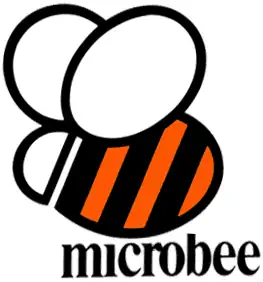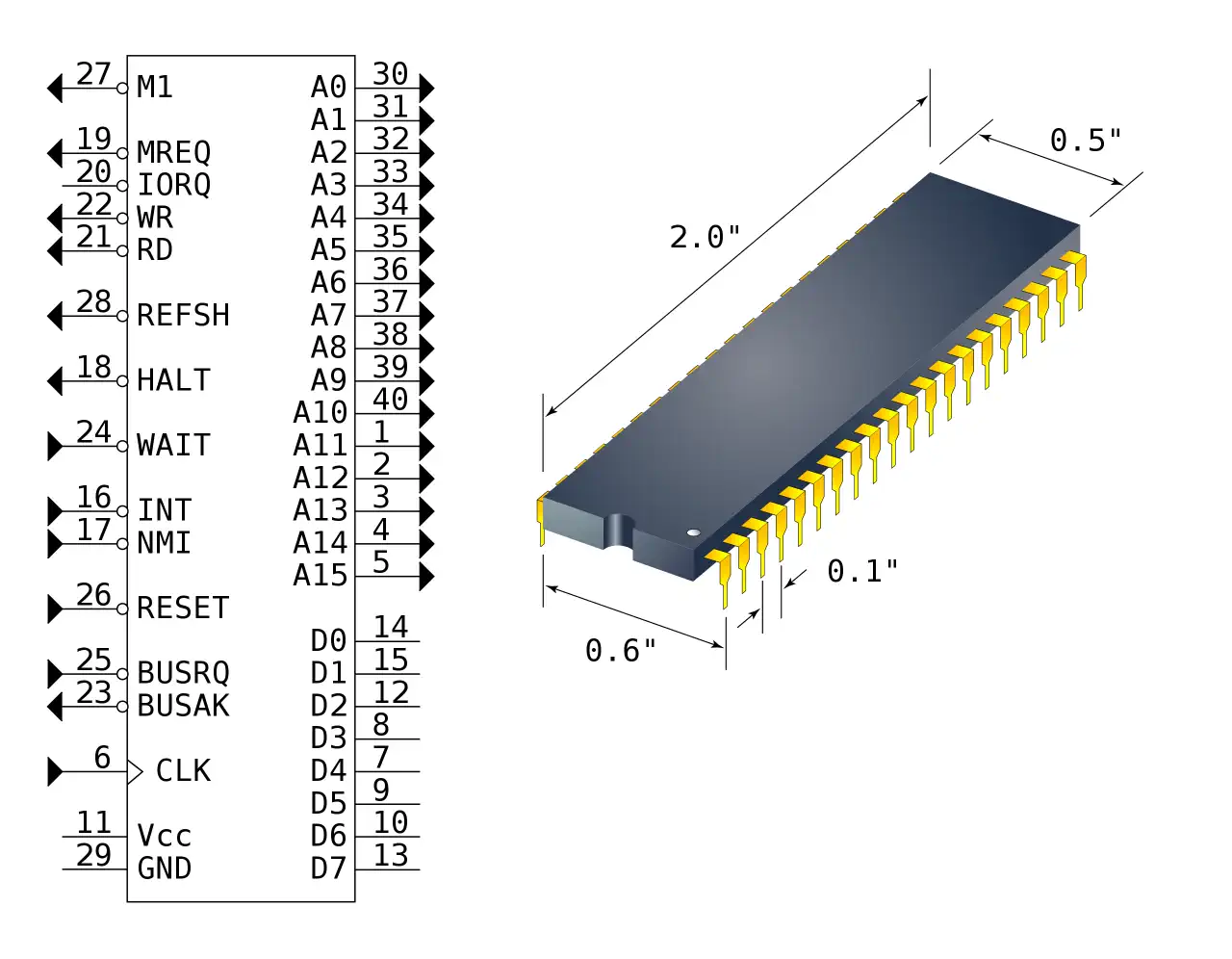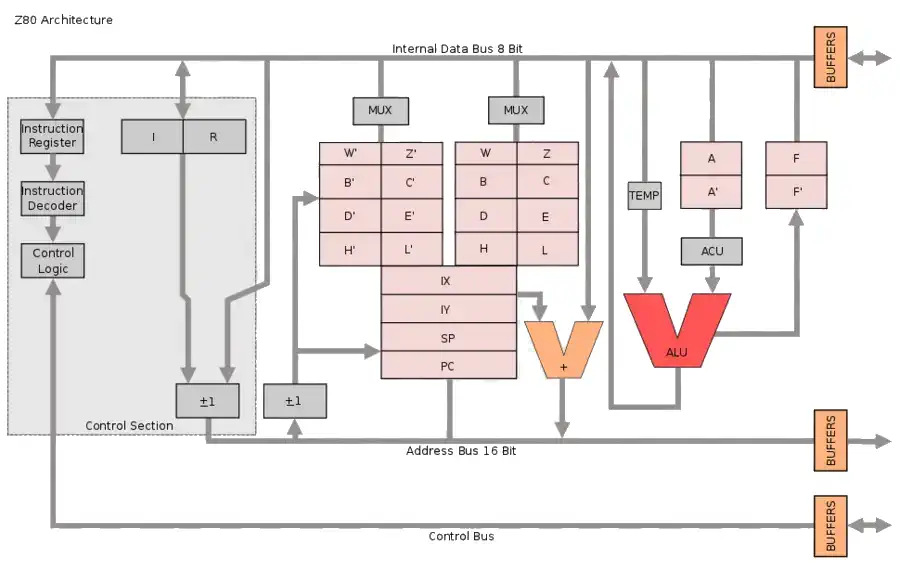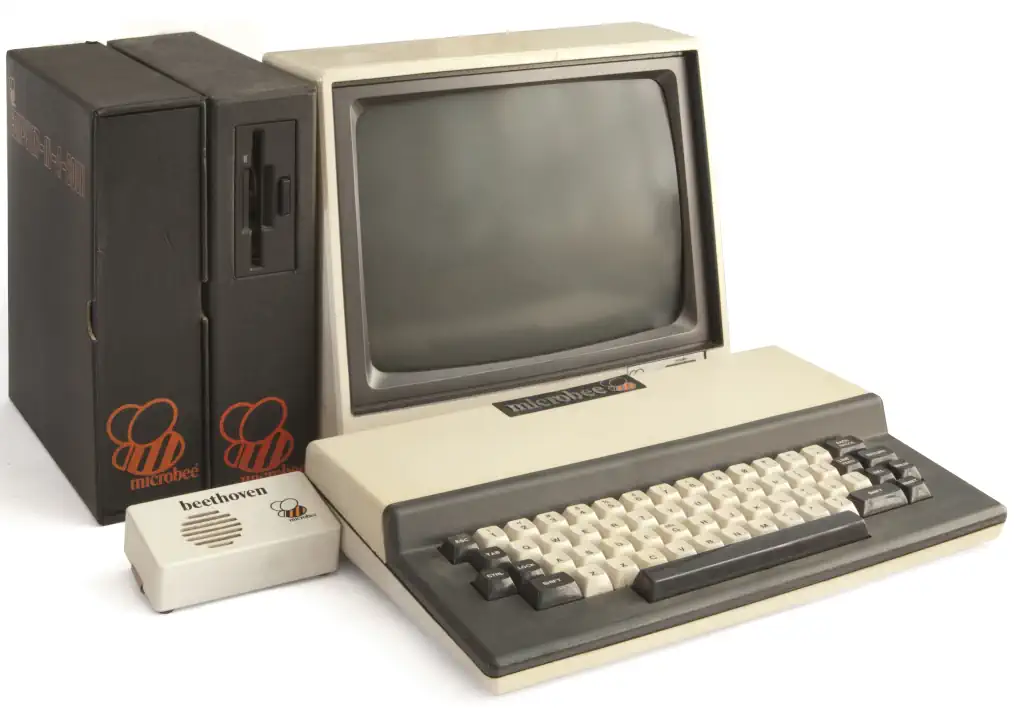MicroBee Home Computers
MicroBee consists of a series of networked home computers developed in Australia by Applied Technology. Soon after the company became public, it was renamed to MicroBee Systems Ltd. The computer has a two board design with a lower baseboard that contains all the components except for the main memory. The memory was mounted on the upper core-board.
The MicroBee is well known for its configurable video display. The machine is capable of mimicking the display of many other computers, including the TRS-80, The Sorcerer, The SOL20, The ZX Spectrum, The Amstrad CPC 464, and even some early arcade machines. Another distinct feature of the MicroBee is its non volatile RAM. The RAM is battery backed and allows for the machine to be powered off, moved and powered back on without losing its memory contents, allowing the user to resume whatever they were doing.
Configuration:
- Z80 CPU operating at 2MHz
- Second Z80 for Programmable I/O
- 6545 CRT Controller for Video
- 2Kb Video RAM, 2kB Programmable Character Graphics, 2kB Character ROM for 128 distinct characters
- Speaker
- Tape I/O port, Serial Port, Video Out, Parallel Port
- 32kB or 56kB 6116 Battery backed non-volatile RAM
- 16kB BASIC ROM, 4kB boot ROM
- 50-pin system expansion port (A S-100 Bus or FDD could be connected to the System Expansion Port)

CPU View - Zilog Z80 Family
The Z80 quickly became popular in the personal computer market, with many early personal computers, such as the TRS-80 and Sinclair ZX80, using the Z80 as their central processing unit (CPU). It was also widely used in home computers, such as the MSX range, SORD, and the Amstrad CPC, as well as in many arcade games. Additionally, it was also used in other applications such as industrial control systems, and embedded systems. The Z80 was widely used until the mid-1980s, when it was gradually replaced by newer microprocessors such as the Intel 80286 and the Motorola 68000.
The Z80 microprocessor was developed by Zilog, a company founded by Federico Faggin in 1974. The Z80 was released in July 1976, as a successor to the Intel 8080. It was designed to be fully compatible with the 8080, but also included new features such as an improved instruction set, more powerful interrupts, and a more sophisticated memory management system.
The Z80 quickly became popular in the personal computer


RAM max: 56kB
ROM: 16kB
VRAM: 2kB Sound Chip none Sound Mono sound, 2 octaves Display Chip MW6545 User Programmable VDU Display 512x256 Best Text 64x16 Graphics 512x256 Sprites none System OS DGOS/MicroWorld BASIC Storage Networked Original Price A$399

